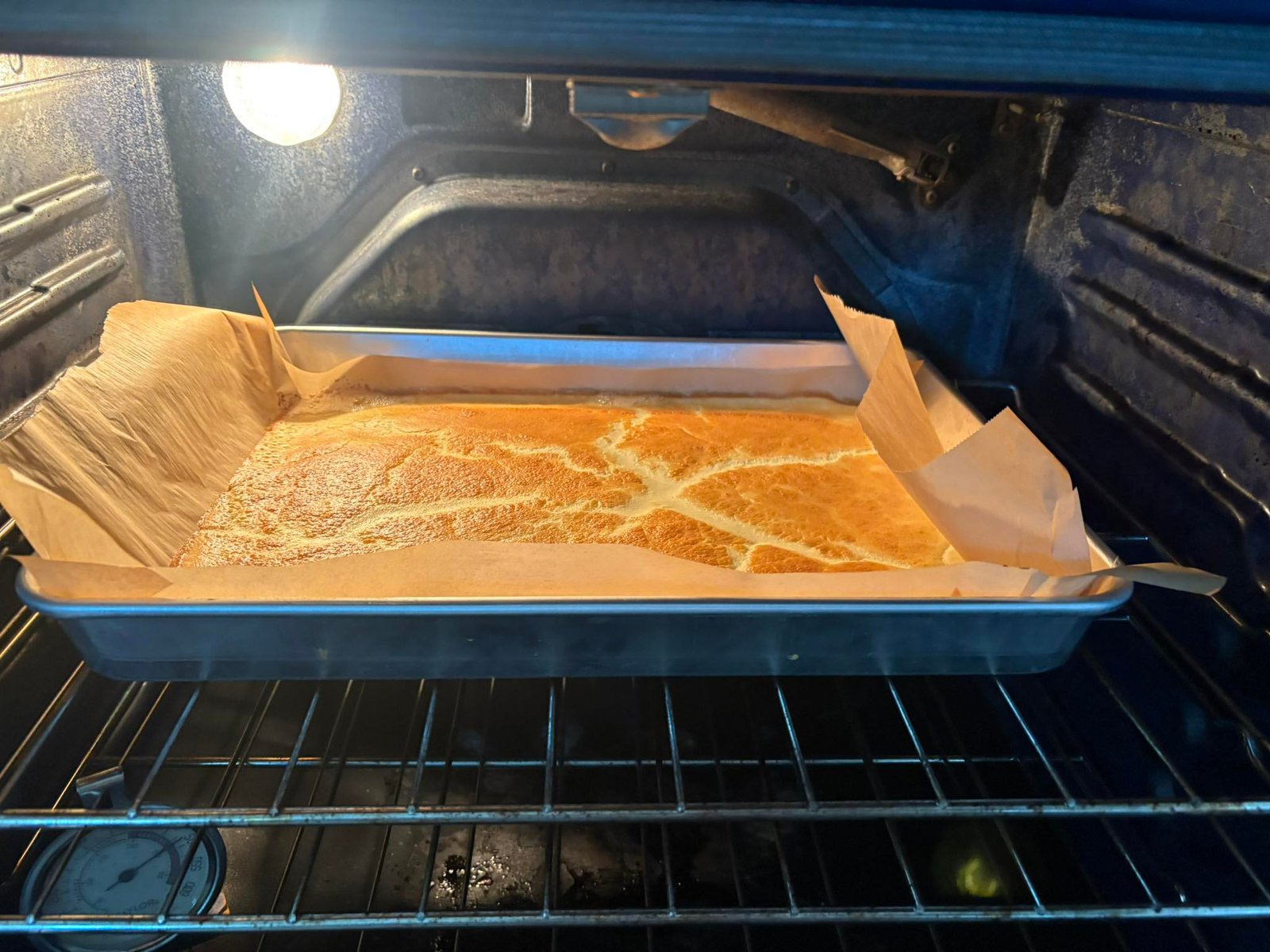German pancakes, also known as Dutch Baby Pancakes or Pfannkuchen, are a light, fluffy, and slightly custardy breakfast treat that rises dramatically in the oven. Unlike traditional stovetop pancakes, German pancakes are baked in a hot skillet, puffing up around the edges and creating a golden, crisp exterior with a tender center. This dish is believed to have originated from German immigrants in the United States, particularly in the Pacific Northwest, and it quickly became popular for its simplicity and show-stopping presentation.
What makes German pancakes so unique is their texture—somewhere between a crepe and a popover. They require just a handful of ingredients that most kitchens already have on hand: eggs, milk, flour, butter, sugar, and a pinch of salt. Because of their neutral base, they can be served sweet with powdered sugar, syrup, fruit, or even savory toppings like cheese and herbs.
Let’s dive into how you can make this delightful dish at home.
Ingredients
-
3 large eggs, at room temperature
-
½ cup all-purpose flour
-
½ cup whole milk (room temperature)
-
1 tablespoon granulated sugar
-
½ teaspoon vanilla extract
-
¼ teaspoon salt
-
2 tablespoons unsalted butter
-
Powdered sugar, for dusting
-
Fresh fruit, maple syrup, or lemon wedges, for serving
Equipment Needed
-
9- or 10-inch ovenproof skillet (cast iron works best) or a baking dish
-
Blender or mixing bowl with whisk
-
Measuring cups and spoons
Instructions
Step 1: Preheat the Oven and Skillet
Preheat your oven to 425°F (220°C). Place your cast-iron skillet or baking dish inside the oven while it preheats. This ensures the pan is hot enough to help the batter rise quickly once it’s poured in.
Step 2: Prepare the Batter
In a blender, combine the eggs, flour, milk, sugar, vanilla, and salt. Blend until smooth and frothy, about 20–30 seconds. If you don’t have a blender, you can whisk everything together in a bowl until no lumps remain. Let the batter rest for about 5 minutes while the oven finishes heating—this helps the flour fully hydrate and improves texture.
Step 3: Melt the Butter
Carefully remove the hot skillet from the oven using oven mitts. Add the butter to the pan and swirl until completely melted, coating the bottom and sides. Be quick here—the pan is hot, and the butter will brown fast.
Step 4: Add the Batter
Pour the prepared batter into the hot skillet over the melted butter. Immediately return the pan to the oven.
Step 5: Bake the Pancake
Bake for 18–22 minutes, until the pancake is puffed, golden brown around the edges, and slightly set in the center. Resist the urge to open the oven door while it bakes, as this can cause the pancake to deflate prematurely.
Step 6: Serve Immediately
German pancakes are at their most impressive right out of the oven. They will puff dramatically but begin to deflate as they cool, which is perfectly normal. Dust with powdered sugar and serve with your favorite toppings such as fresh berries, maple syrup, lemon wedges, or even a dollop of whipped cream.
Serving Suggestions
-
Classic Style: Dust generously with powdered sugar and serve with fresh lemon wedges for a simple, refreshing flavor.
-
Sweet Indulgence: Add sliced strawberries, blueberries, or raspberries, and drizzle with maple syrup or honey.
-
Savory Twist: Skip the sugar in the batter and top with sautéed spinach, mushrooms, cheese, or even smoked salmon.
-
Seasonal Variations: In fall, serve with warm spiced apples or pears; in summer, use peaches or cherries.
Tips for Success
-
Room Temperature Ingredients: Make sure the eggs and milk are at room temperature for the best rise. Cold ingredients can prevent the pancake from puffing properly.
-
Use a Hot Pan: Preheating the skillet is key to getting that dramatic rise. The hot surface creates instant steam when the batter hits, helping it expand.
-
Don’t Overmix: Blend or whisk just until smooth. Overmixing can make the pancake dense.
-
Serve Immediately: The pancake deflates as it cools, so gather your toppings before it comes out of the oven.
